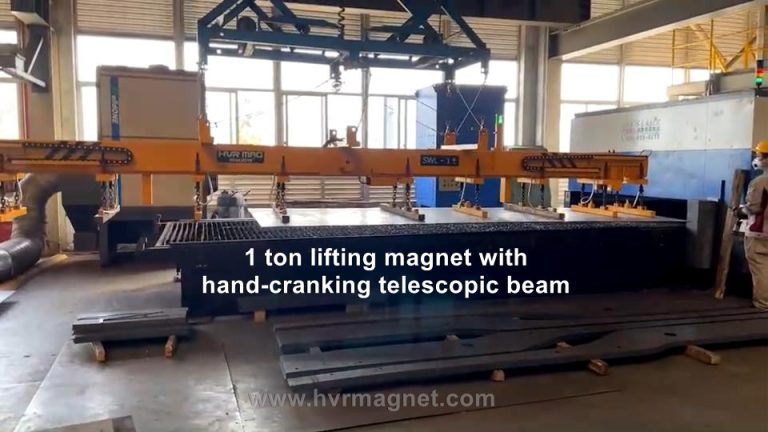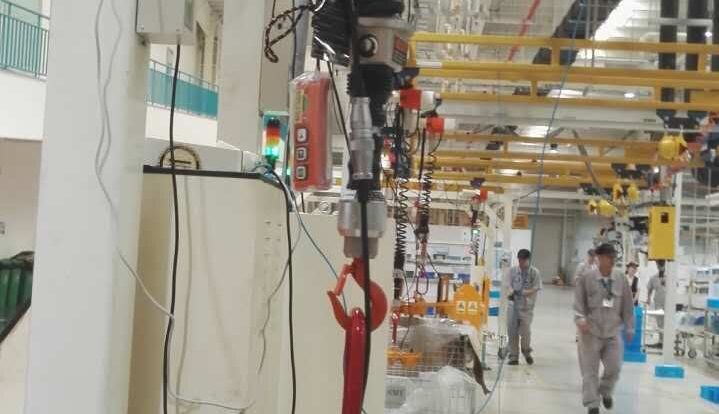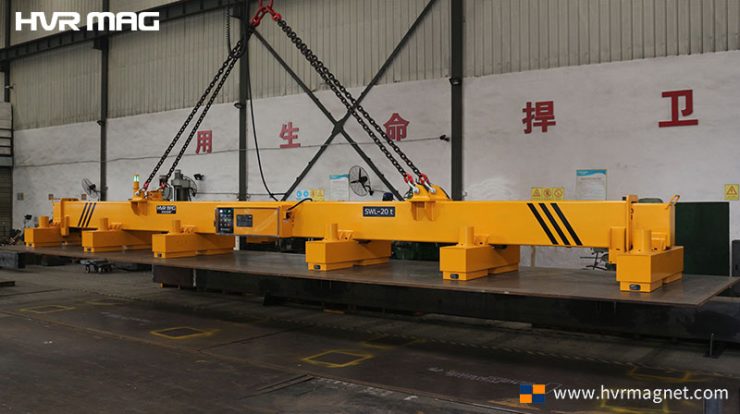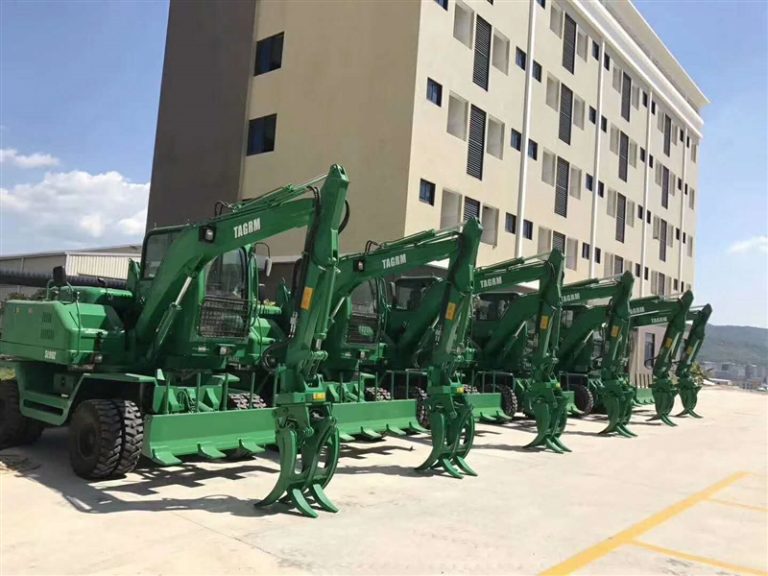Electro-permanent magnet VS permanent magnet, which one is better?
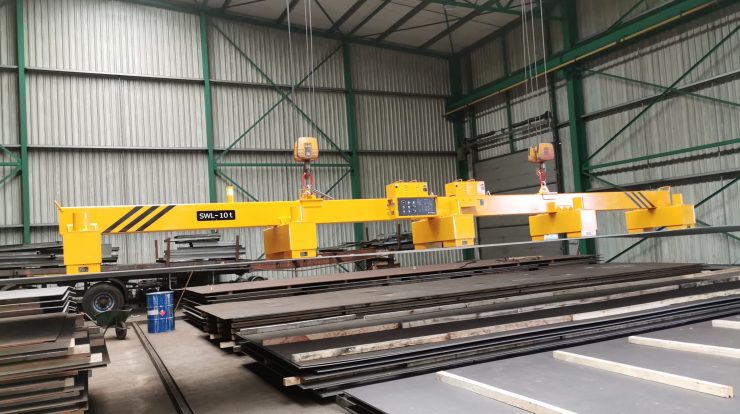
With the gradual popularity of magnetic lifting devices, more and more machinery manufacturers have chosen to replace the traditional steel plate hooks, wire rope, and other equipment. And turn to use a magnetic crane with permanent magnetic force, such as an electro-permanent magnetic lifter and permanent magnetic lifter, both use permanent magnetism for adsorption; what is the difference between them? Today HVR will take you to understand the differences.

The source of magnetic force
An automatic permanent magnetic lifter whose magnetic force is mainly permanent magnetic material neodymium iron boron, through the crane up and down the action, triggers the internal moving parts to achieve the switch between the suction and discharge material.
The electro-permanent magnetic lifter relies on two rare-earth permanent magnet materials, NdFeB and Alnico, to provide the magnetic force. One of these rare-earth permanent magnet materials, Alnico, can change its magnetic field direction by utilizing a short current signal to magnetize and demagnetize the electro-permanent magnetic lifter.
Therefore, in terms of the source of magnetic force, electro-permanent magnetic lifters rely mainly on a short current signal to change the direction of the magnetic field. In contrast, fully automatic permanent magnet lifters rely on mechanical movement to change the direction of the magnetic field. The latter is not intelligent, nor can it be more efficient.
The magnetic circuit structure
The automatic permanent magnet lifter cannot adjust the magnetic force for the long magnetic pole; the depth of magnetic permeability is more profound. Lifting a thin steel plate makes it easy to raise several thin steel plates at once. The steel plate cutting pick and place requires a manual sub plate, affecting efficiency.
The electro-permanent magnetic lifter is a chess-shaped pole with a moderate depth of permeability and adjustable magnetic force. It can ensure that only one thin steel plate is lifted at a time according to the steel plate size, which is more convenient.
Lifting efficiency
The magnetizing and demagnetizing cycle of the automatic permanent magnet lifter is 8-12 seconds, while the electro-permanent magnet lifter is within 2 seconds. Therefore, the mechanical permanent magnet crane is more suitable for lifting under slow working conditions. In contrast, the electro-permanent magnet crane is more suitable for lifting in frequent and fast working conditions—for example, the workpieces after the steel cutting down sorting, etc.
Safety
Using automatic permanent magnetic cranes to lift workpieces is easily damaged due to their internal moving parts, which can cause safety accidents. In lifting workpieces using electro-permanent magnetic lifters, the EPM lifter will not lose the magnetic force due to the absence of electricity during the working process, power failure, or power supply line failure, ensuring absolute Safety.
In summary, the electro-permanent magnetic lifter is more suitable for high-strength lifting in frequent working conditions. In contrast, the automatic permanent magnetic lifter is ideal for small-scale lifting in rare working conditions.HVR always offers you the most competitive electro-permannet magnets for you. contact us now!

